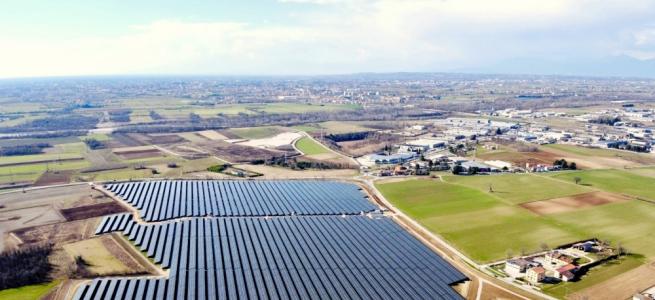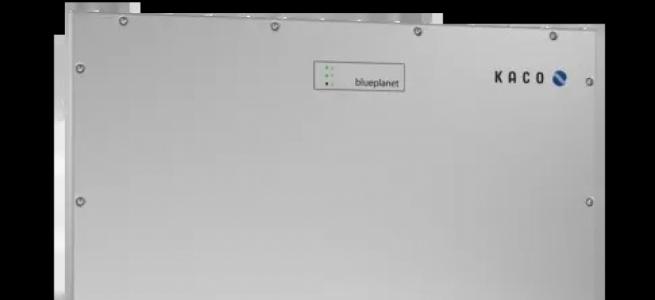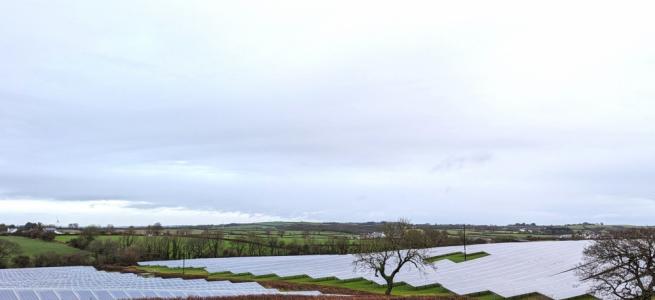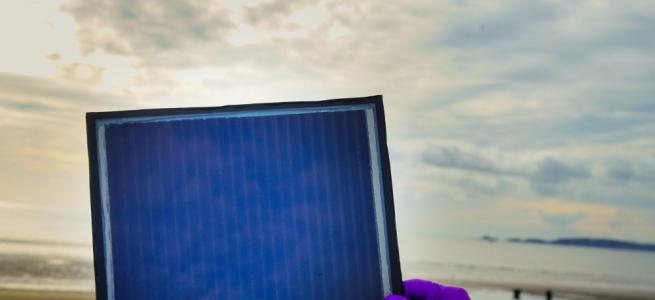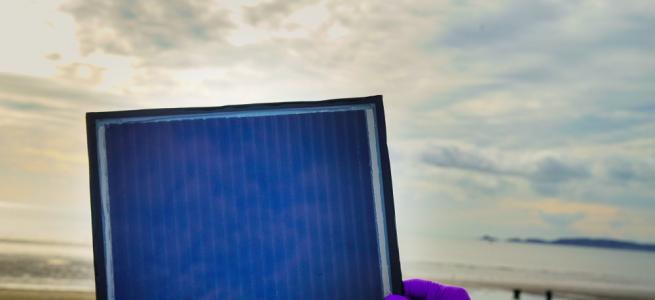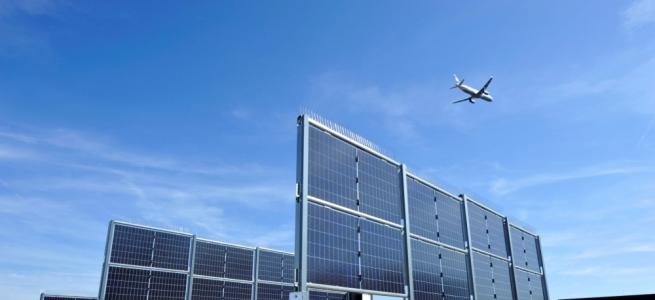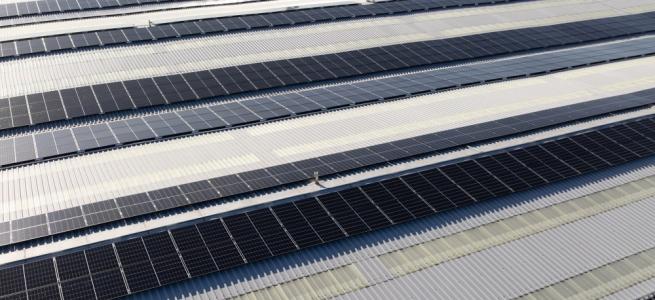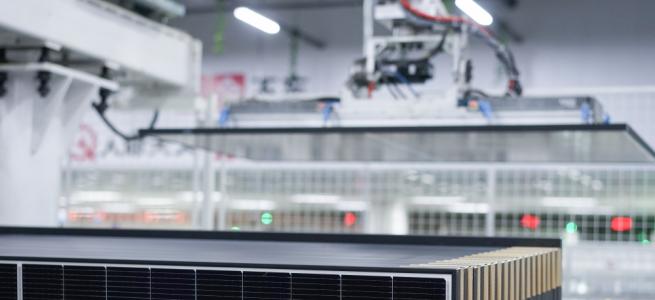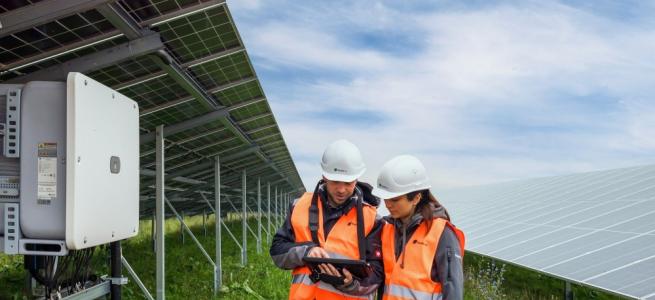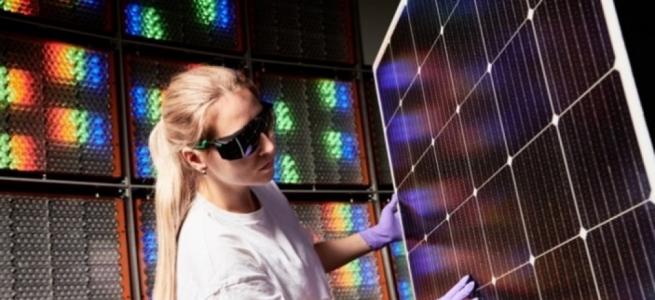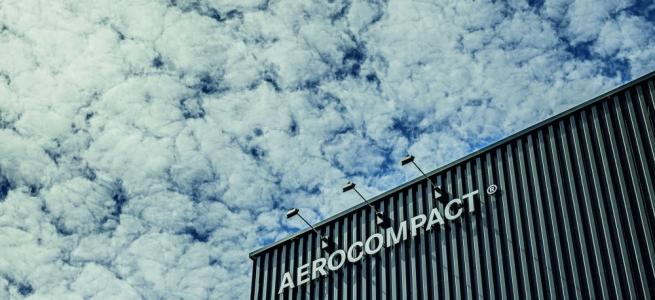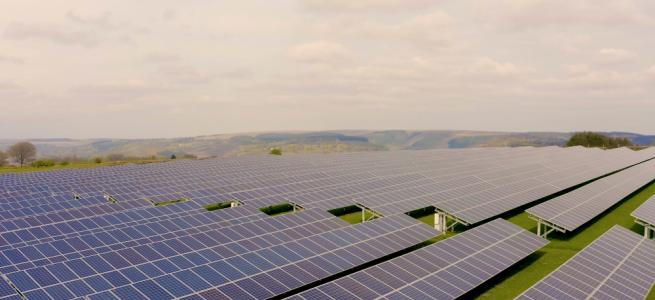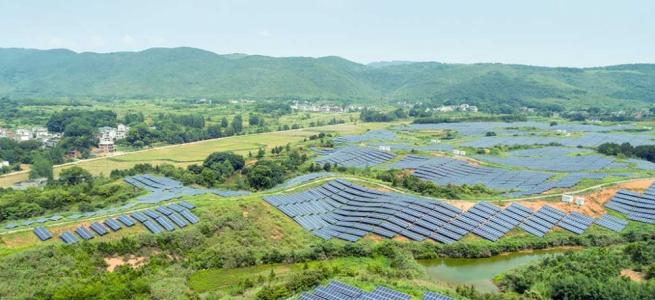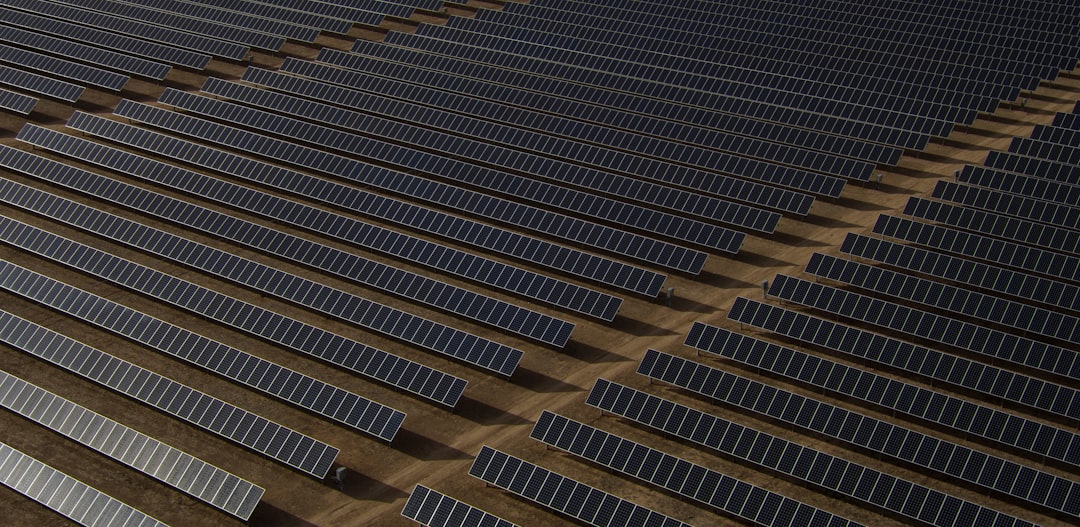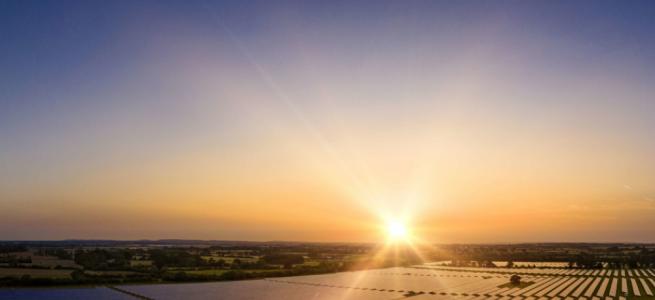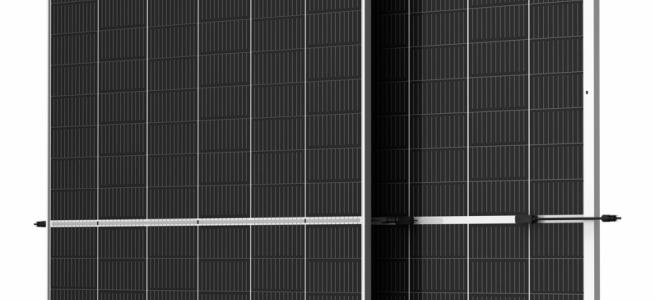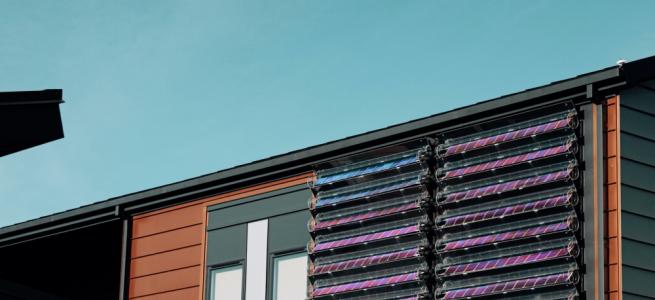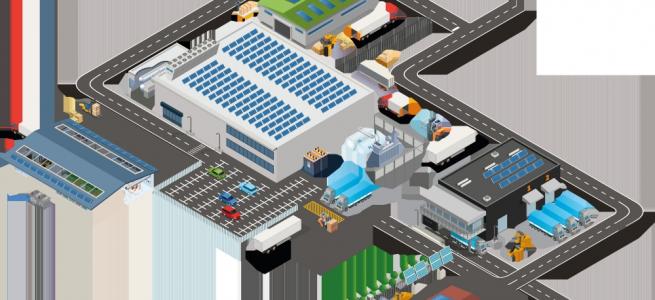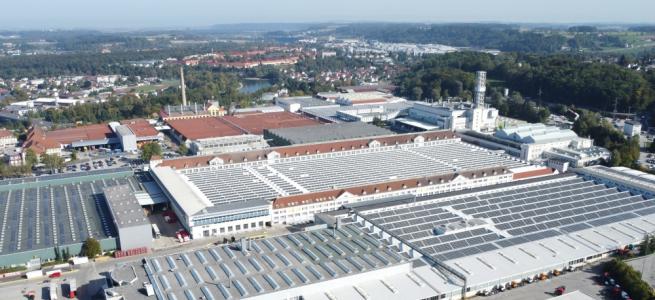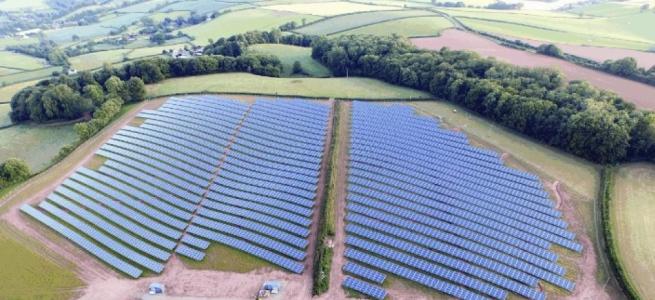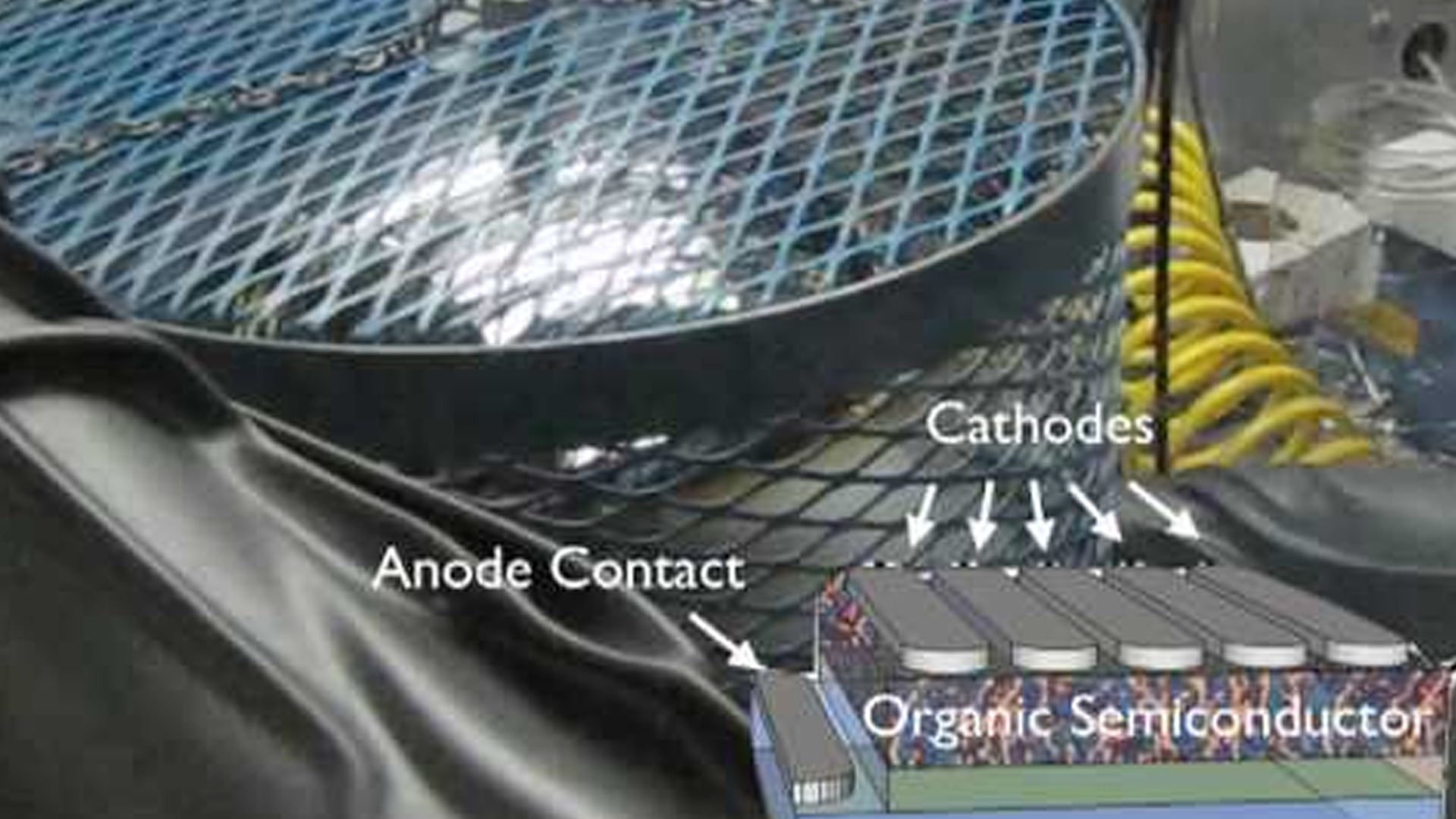SolarCity becomes a panel producer with Silevo acquisition
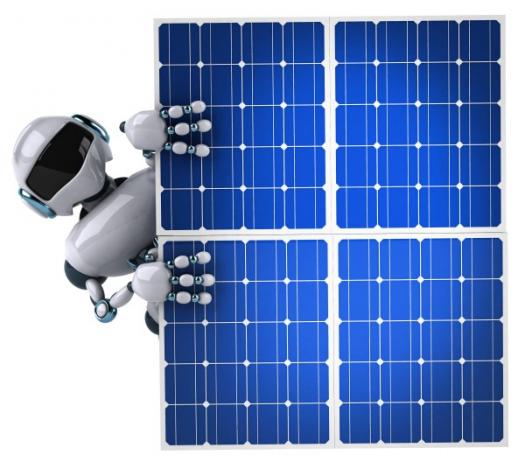
SolarCity has signed an agreement to acquire Silevo, a solar technology and manufacturing company. The transaction was announced, and its significance described in detail, in a post from SolarCity Chairman Elon Musk, Co-founder and Chief Technology Officer Peter Rive and Co-founder and Chief Executive Officer Lyndon Rive
The trio announced that their intent is to combine what they believe is "˜fundamentally the best photovoltaic technology' with massive economies of scale to achieve a breakthrough in the cost of solar power. Although no other acquisitions are currently being contemplated, SolarCity may acquire additional photovoltaics companies as needed to ensure clear technology leadership and we plan to grow internal engineering significantly.
The company stated they are in discussions with the state of New York to build the initial manufacturing plant, continuing a relationship developed by the Silevo team. At a targeted capacity greater than 1GW within the next two years, it will be one of the single largest solar panel production plants in the world. This will be followed in subsequent years by one or more significantly larger plants at an order of magnitude greater annual production capacity.
Given that there is excess supplier capacity today, this may seem counter-intuitive to some who follow the solar industry. What SolarCity is aiming to address is not the lay of the land today, where there are indeed too many suppliers, most of whom are producing relatively low photonic efficiency solar cells at uncompelling costs, but how the company sese the future developing. Without decisive action to lay the groundwork today, the massive volume of affordable, high efficiency panels needed for unsubsidized solar power to outcompete fossil fuel grid power simply will not be there when it is needed.
SolarCity was founded to accelerate mass adoption of sustainable energy. The sun, that highly convenient and free fusion reactor in the sky, radiates more energy to the Earth in a few hours than the entire human population consumes from all sources in a year. This means that solar panels, paired with batteries to enable power at night, can produce several orders of magnitude more electricity than is consumed by the entirety of human civilization.
Even if the solar industry were only to generate 40 percent of the world's electricity with photovoltaics by 2040, that would mean installing more than 400GW of solar capacity per year for the next 25 years. We absolutely believe that solar power can and will become the world's predominant source of energy within our lifetimes, but there are obviously a lot of panels that have to be manufactured and installed in order for that to happen.
SolarCity finished their statement by reminding that the plans announced, while substantial compared to current industry, are small in that context.


